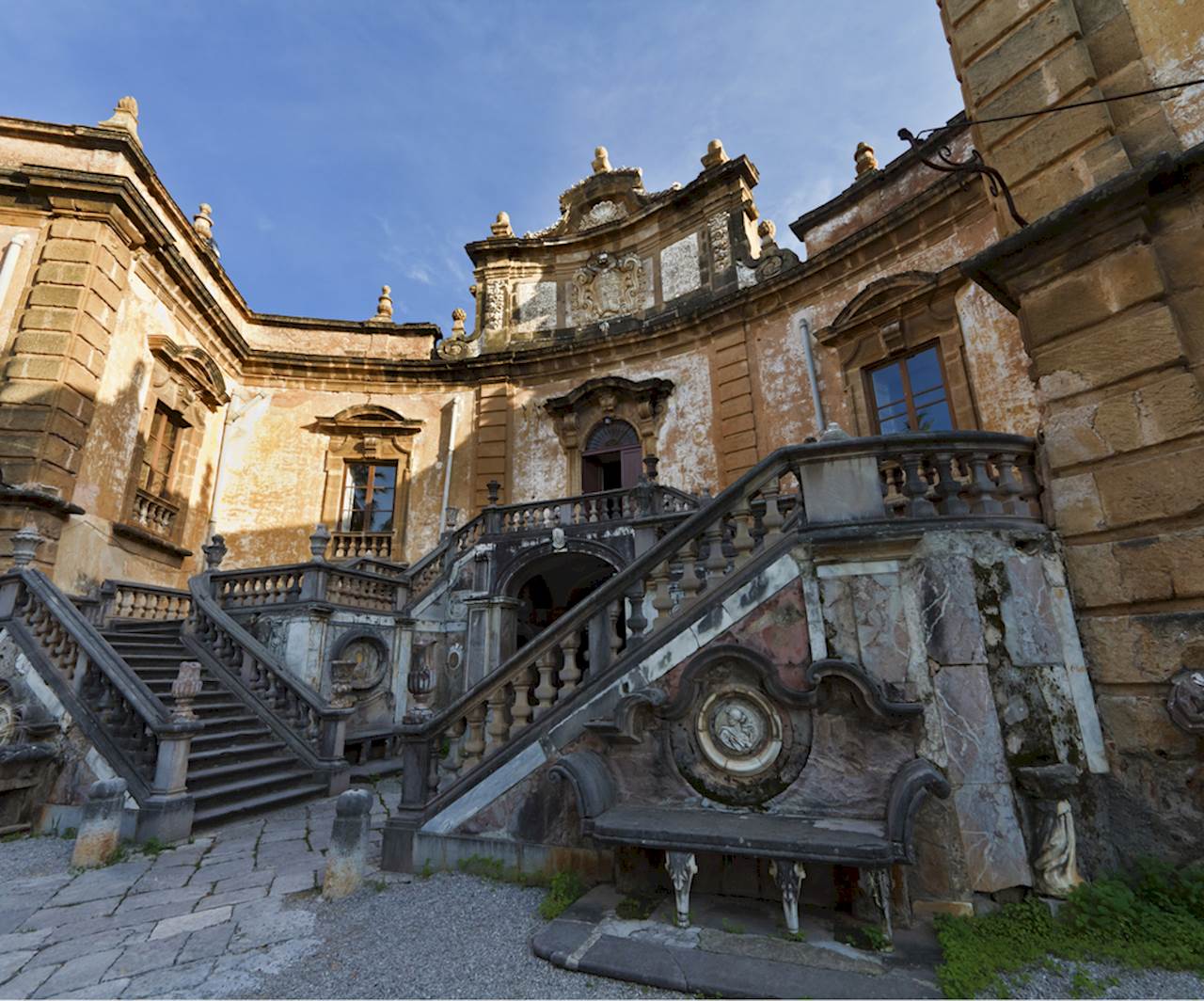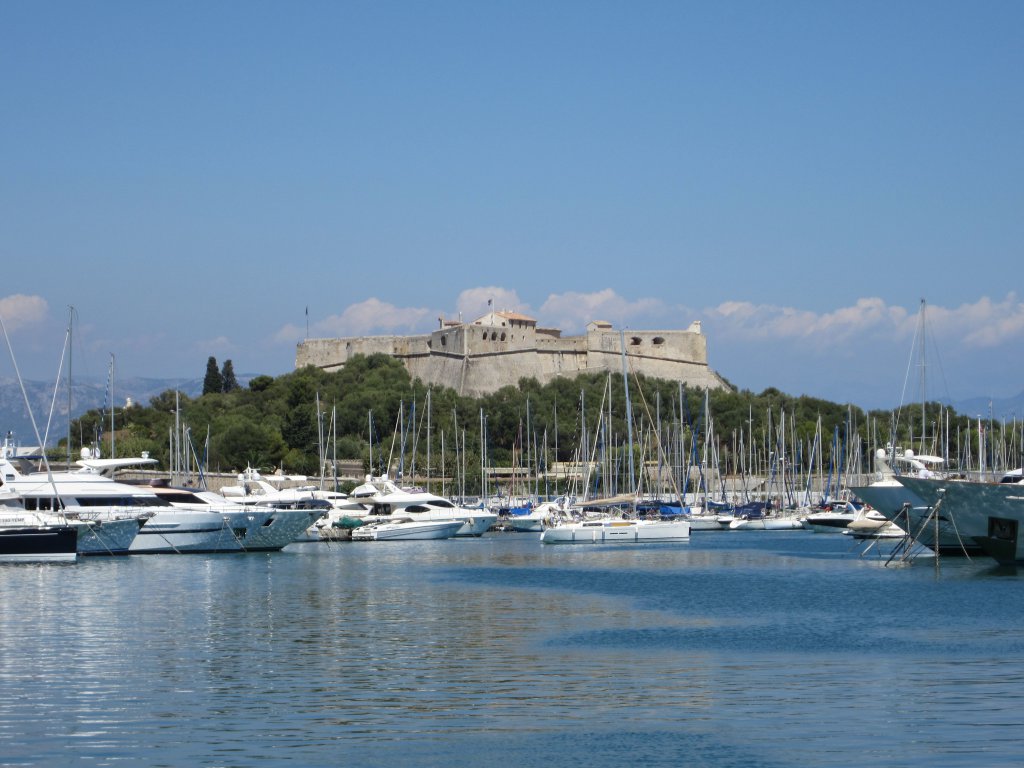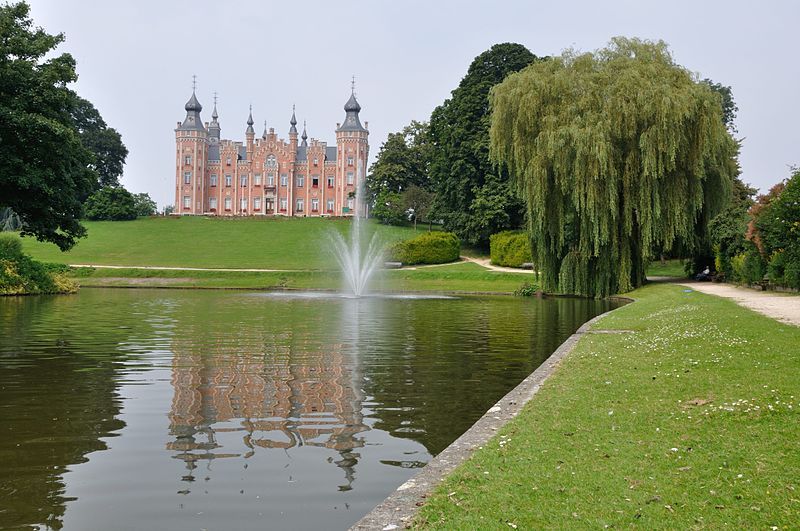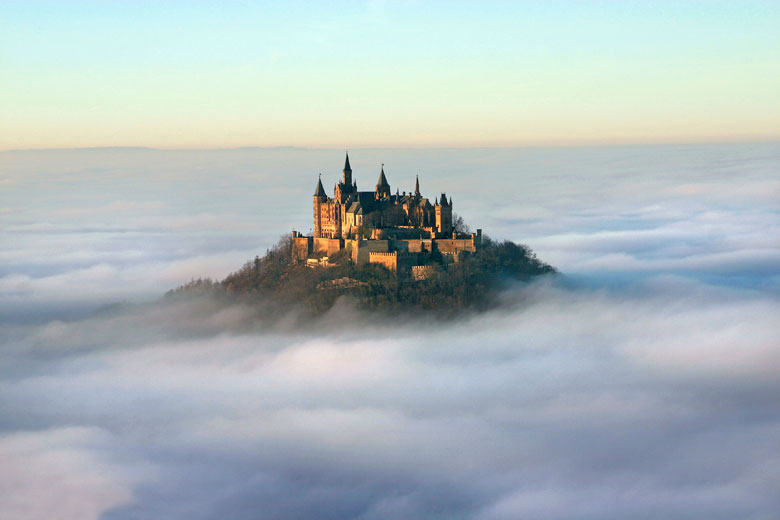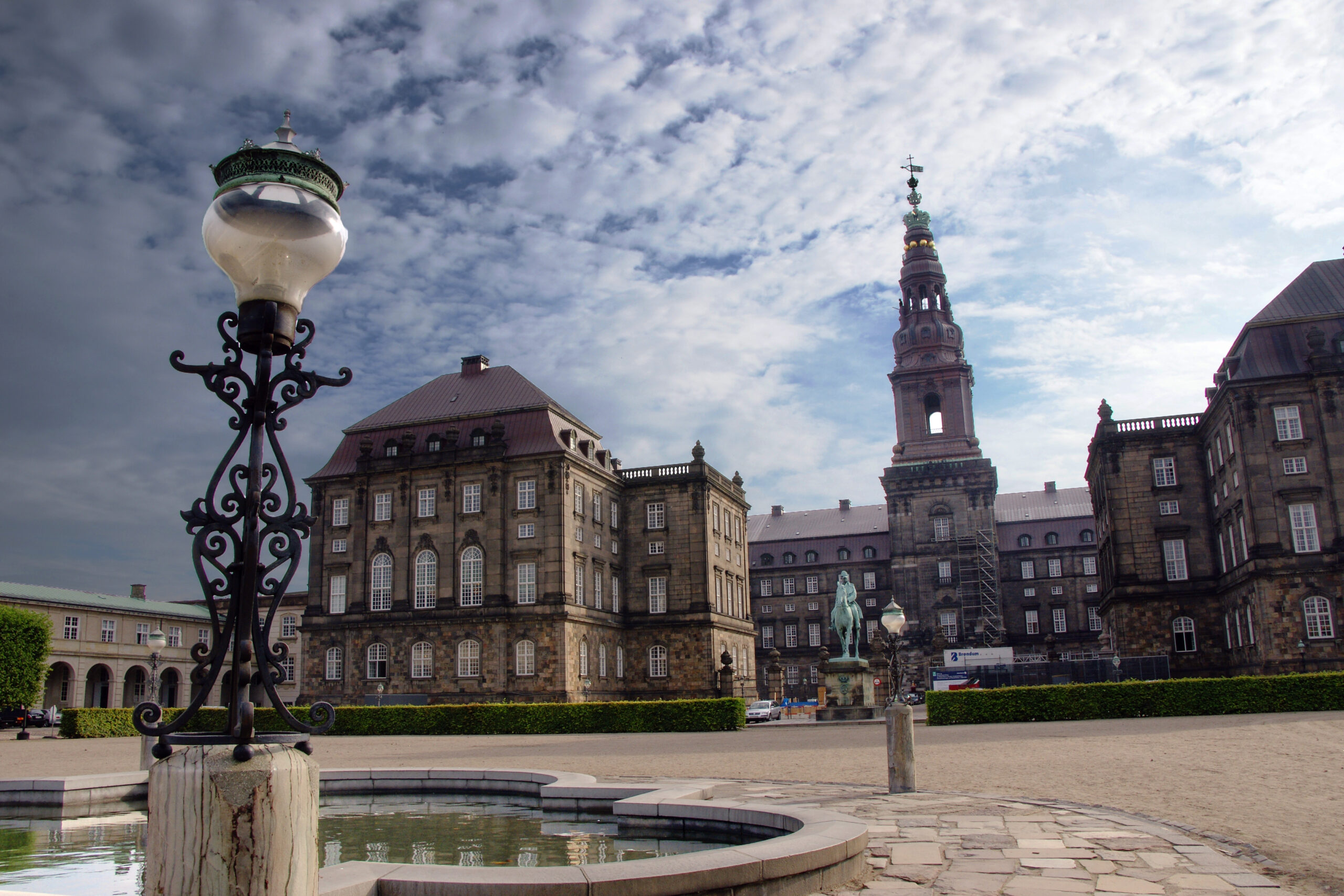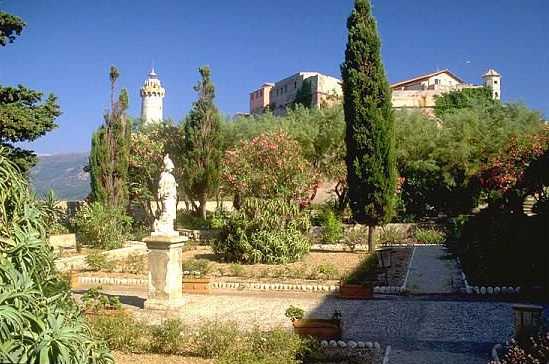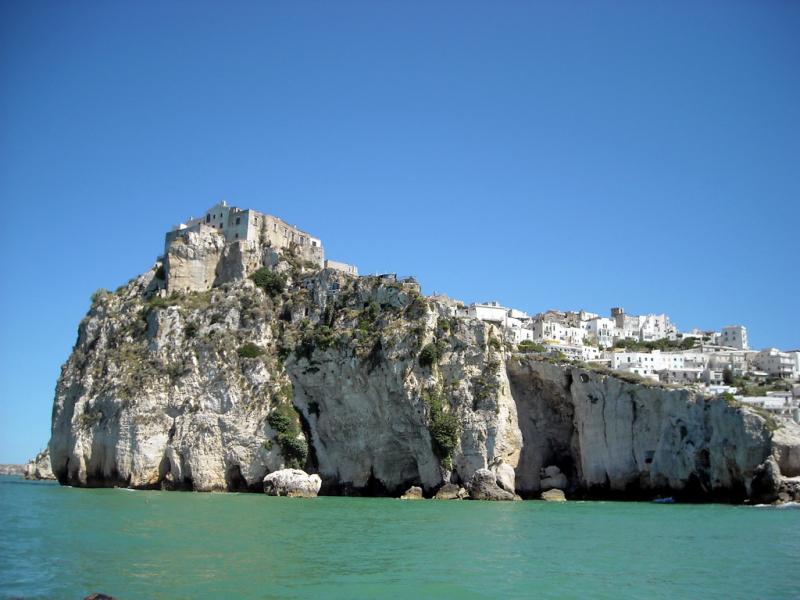This aristocratic mansion located in Bagheria, Sicily, was built by Francesco Ferdinando di Gravina e Alliara, seventh prince of Palagonia, a Sicilian nobleman afflicted with a serious physical defect, the hump.
He thought, therefore, that this dissimilarity of his from the aesthetic canons of the time would be less noticeable in an environment enlivened by unusual figures. He had, in this regard, a residence designed that would allow him not to be the only ‘deformed’ one…. Between the interior and exterior of the mansion, there are about 200 statues depicting monsters, dwarfs, donkeys sitting as men, dragons, and so on.
Its construction began in 1715, as mentioned above at the behest of Don Ferdinand Gravina e Crujllas, 5th Prince of Palagonia, peer of the kingdom, knight of the Golden Fleece, a prestigious honorific of the kings of Spain.
For the design of this holiday residence, the Dominican friar Tommaso Maria Napoli, coadjutor architect of the Senate of Palermo with the title of "military engineer," was commissioned.
As a collaborator in the direction of the construction of the villa being built, the name of another great and esteemed Sicilian architect, Agatino Daidone, was mentioned.
In 1737, with the succession of Ignazio Sebastiano Gravina, heir of his father Francesco Ferdinando, work began on the construction of the lower bodies surrounding the villa, Francesco Ferdinando Gravina and Alliata To the latter, VII prince of Palagonia, we owe the work, undertaken in 1749, of completing the entire monumental complex of Villa Palagonia with the interior and exterior decorations and furnishings that have made his Bagheria residence known throughout the world as the "Villa of Monsters," due to the particular decoration adorning the exterior walls of the lower bodies, formed by statues in "tufa stone from Aspra," depicting fantastic animals, anthropomorphic figures, statues of ladies and knights, musicians and various caricatures. The villa possesses an extraordinary unified planimetric design, with all the elements developing and acting coordinately with respect to the barycentric axis of the avenue.
Very special is the double-ramp staircase, made of limestone, under the pompous princely coat of arms of the Gravina family.
The main floor is accessed through an elliptical vestibule that was frescoed with scenes depicting the labors of Hercules, in homage to the new taste of the late 18th century, by Salvatore Gravina, successor to his half-brother Francis Ferdinand II.
To its right is the "Gallery or Hall of Mirrors," with its ceiling entirely covered with mirrors, with paintings depicting a balustrade with overhanging sky and fantastic birds. The walls of this large room are adorned with fine marble, with stained glass and by marble high-reliefs representing the founder of the villa and the grandson who commissioned the "monsters" with their respective wives, ancestors of the Gravina house and illustrious personalities from the ruling houses of Europe.On the floor is an accurate polychrome marble design of the Sicilian 18th century.
From this large hall one enters the chapel room and, opposite it, crossing the "Hall of Mirrors" one reaches the billiard room.
From the oval entrance hall one also reaches the villa’s private apartments, which cannot be visited today and which consist of a series of rooms set in "enfilade."
In 1885 the villa was purchased by the Castronovo family, which still today, thanks to its heirs, makes it possible to visit one of the most extraordinary monuments of European Baroque civilization created in the land of Sicily.
